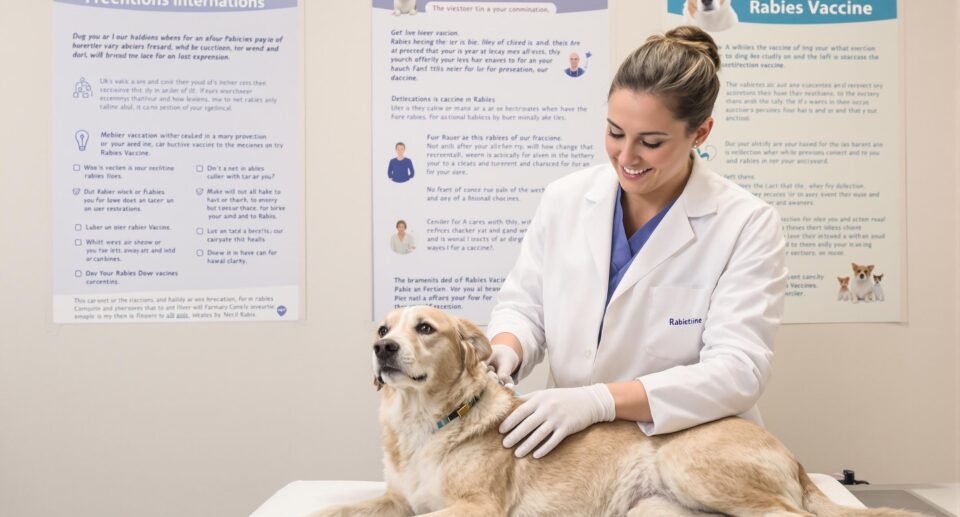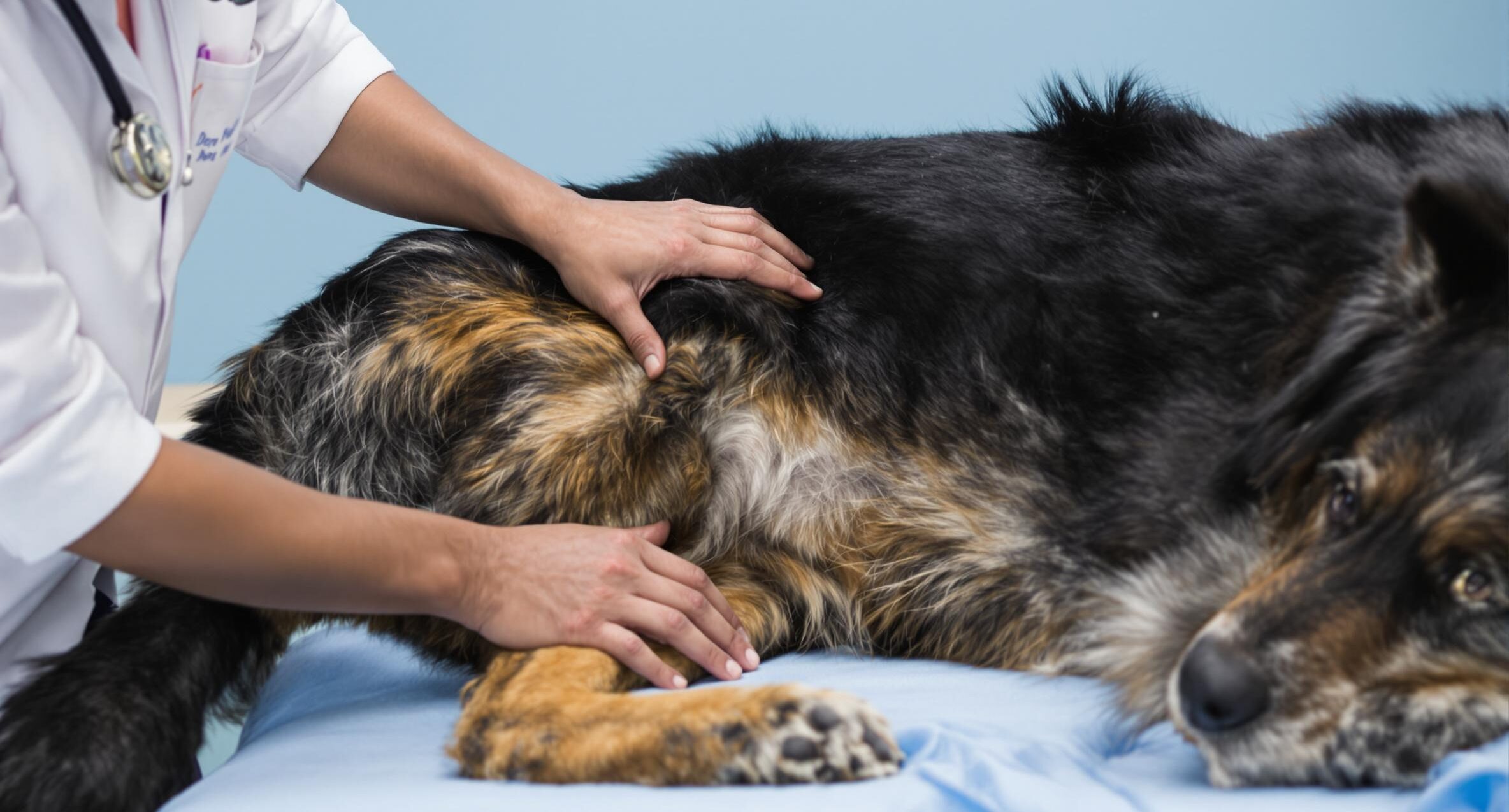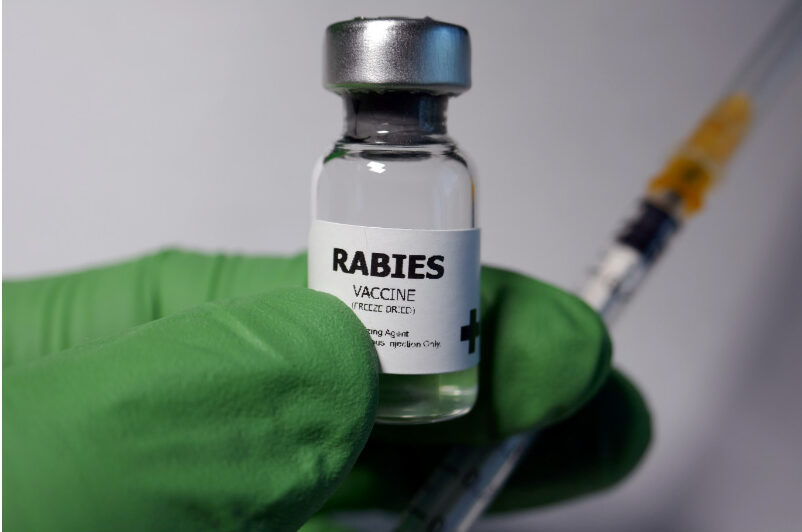Hypothyroidism Symptoms in Dogs

Common symptoms of hypothyroidism
- Lethargy & mental dullness
- Weight gain
- Dull, dry coat that sheds excessively
- Greasy dandruff (seborrhea)
- Bald patches on the trunk
- A bald tail with a tuft of hair at the end
- Reoccurring skin infections
- Seizures
- Infertility
Many dogs with hypothyroid disease slowly become lethargic and gain weight. In many cases, they are mentally slow. Over time, their hair becomes dull and greasy; then it begins to fall out, especially over the trunk. Hair is also lost along the tail, except for a tip at the end, and the pet is said to have a “rat tail.” The hair falls out because the skin is unhealthy. The unhealthy skin also develops recurring infections. Some dogs with hypothyroidism become uncoordinated and infertile. They may have nervous system diseases, including seizures and nerve paralysis.
Which tests diagnose hypothyroid disease?
Blood tests
High blood lipids (hyperlipidemia) and high blood cholesterol occur in 80% of dogs with Hypothyroid Disease. About half the dogs with hypothyroidism have anemia.
Thyroid tests
T4 and free T4 tests are the best diagnosis. Some pets that are sick with other diseases may have low T4 levels, but have normally functioning thyroids. When these pets recover their health, the T4 levels return to normal. T3 levels are not helpful. If T3 or T4 are markedly elevated, the pet’s white blood cells may be attacking the hormones. This causes falsely low T3 and T4 levels. TSH levels indicate hypothyroidism if TSH levels are high and T4 or free T4 are low.
X-ray
The large intestine in cats with hypothyroidism is often dilated and full of stool. This condition is called megacolon.
EKG
An abnormal heart tracing with low R waves is common in hypothyroid pets. Some will also have slow heart rates.





